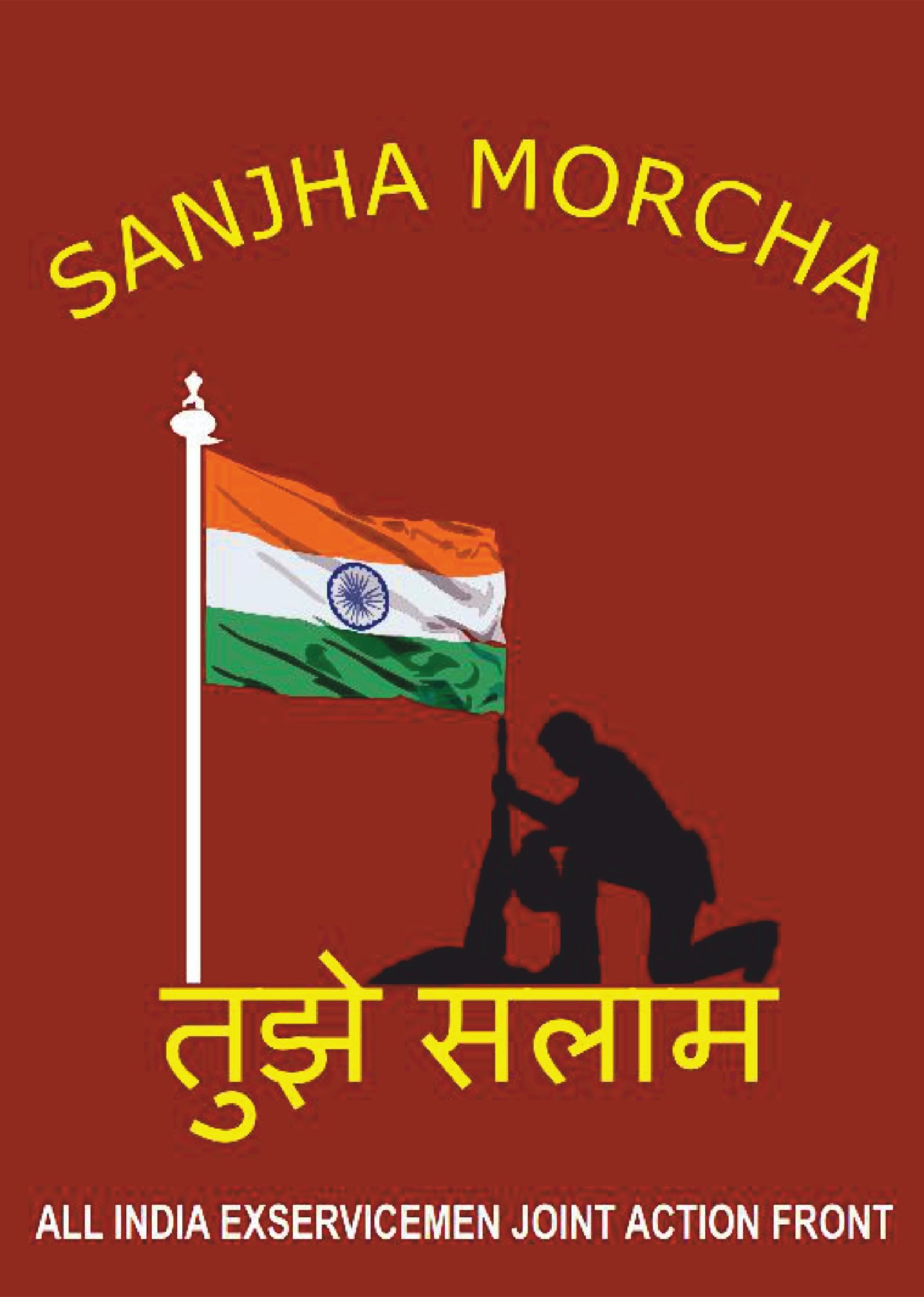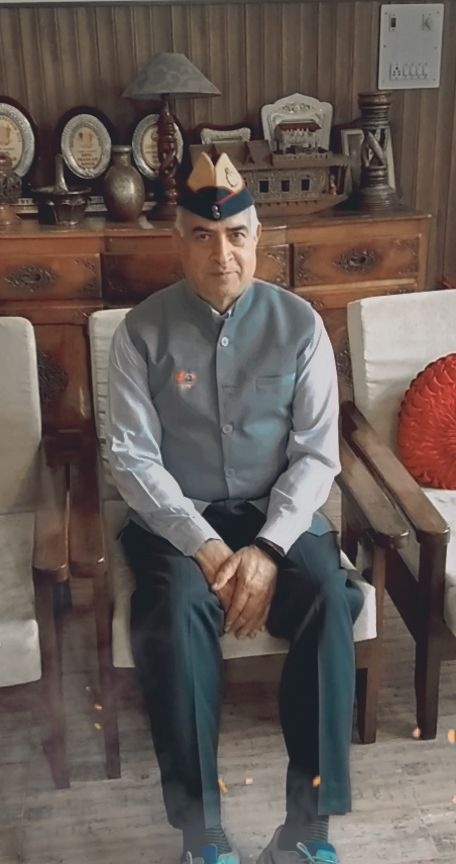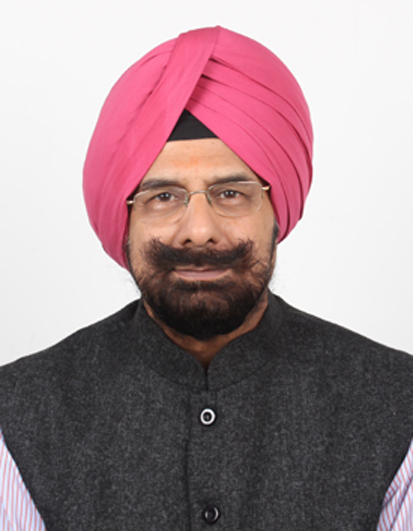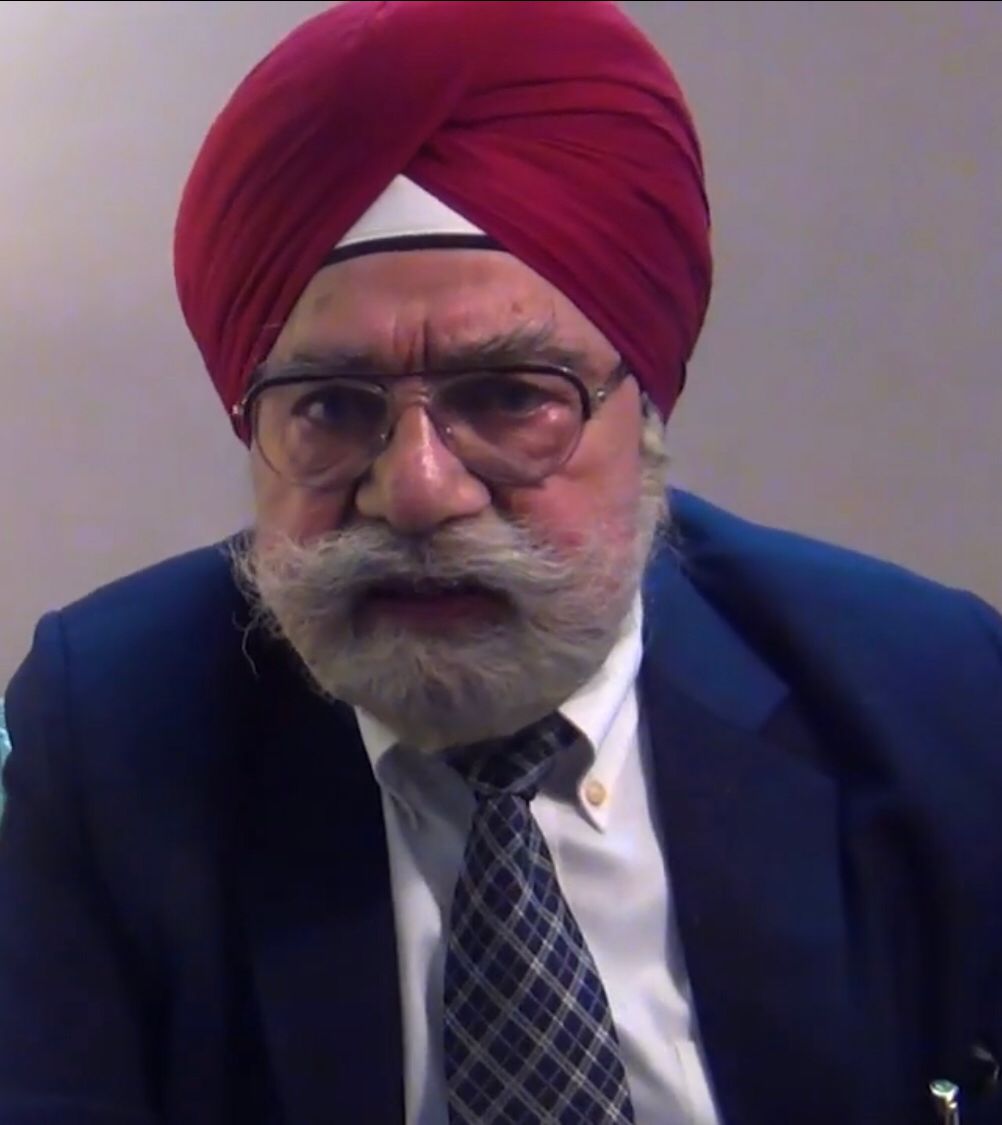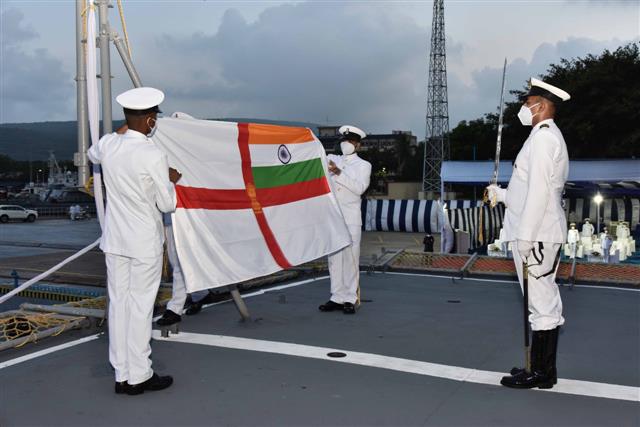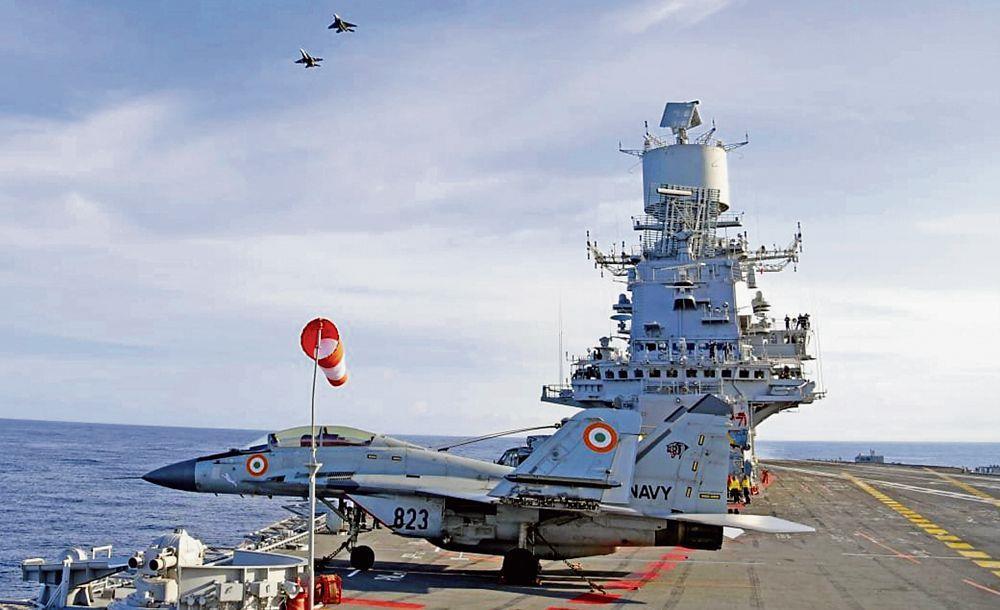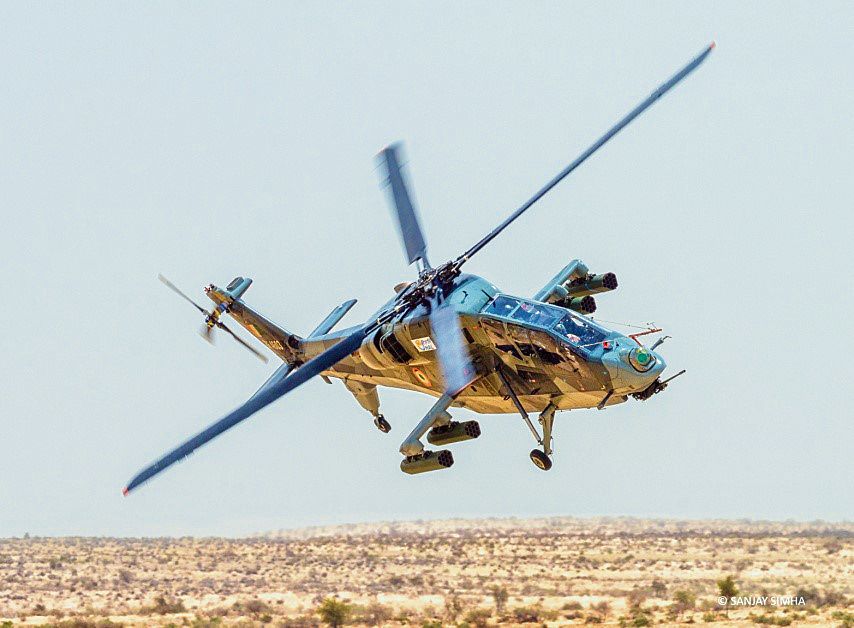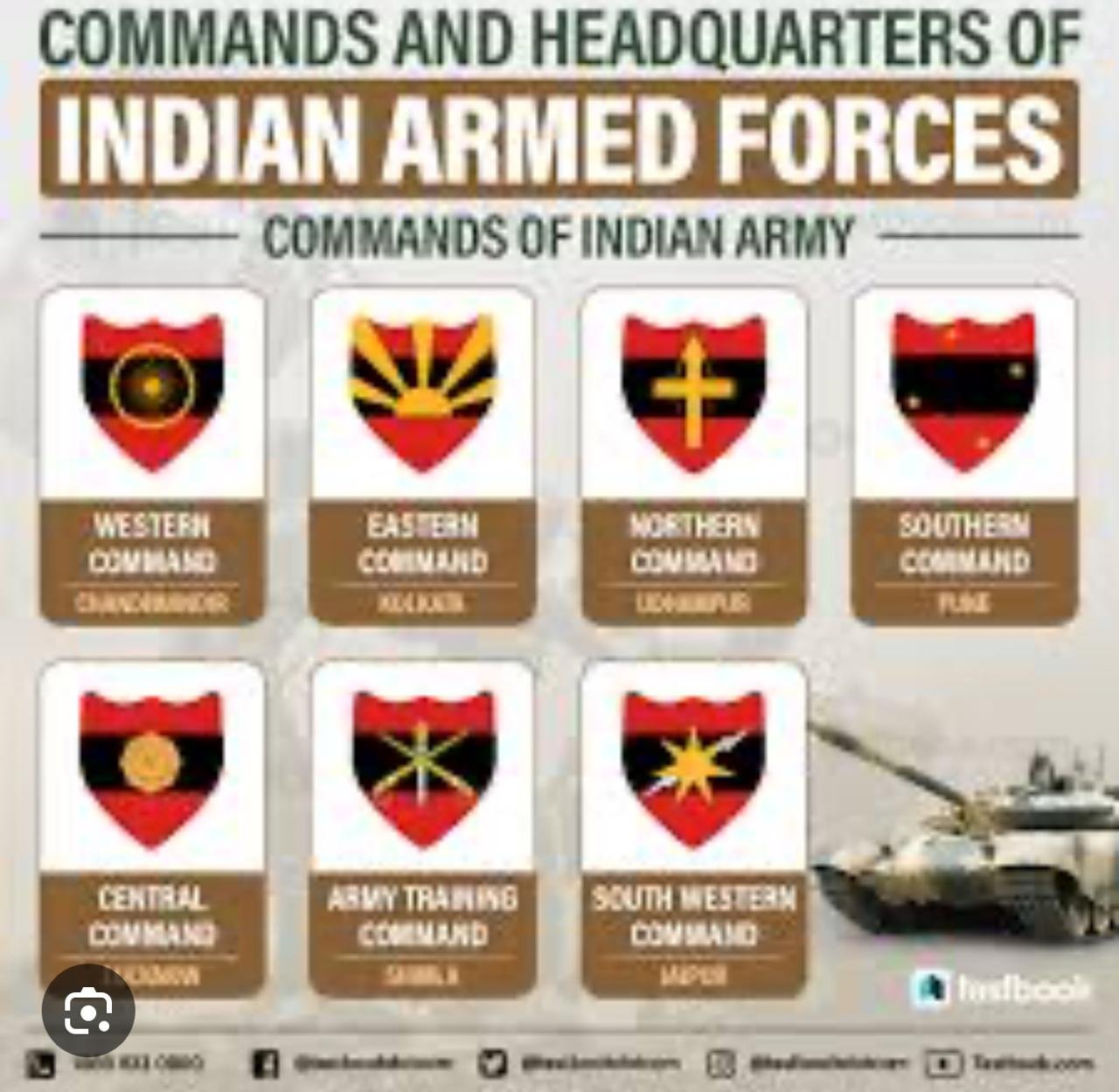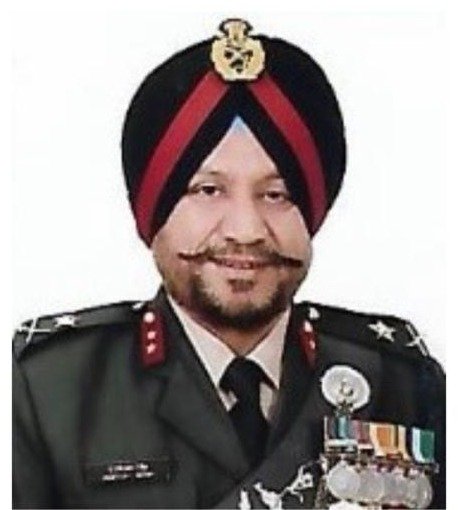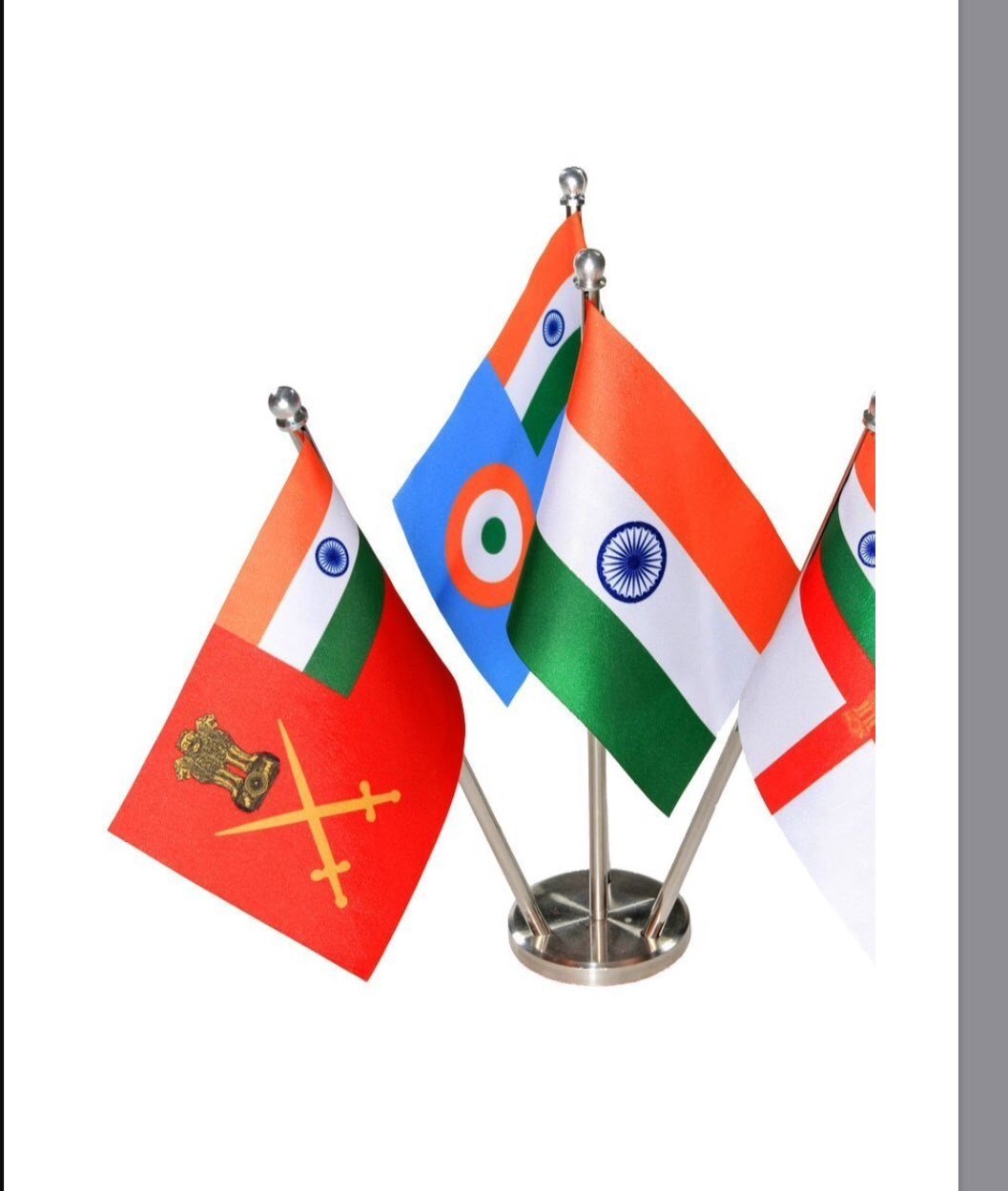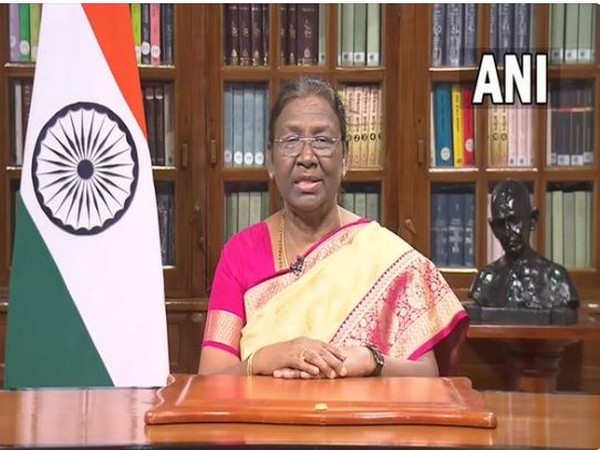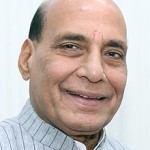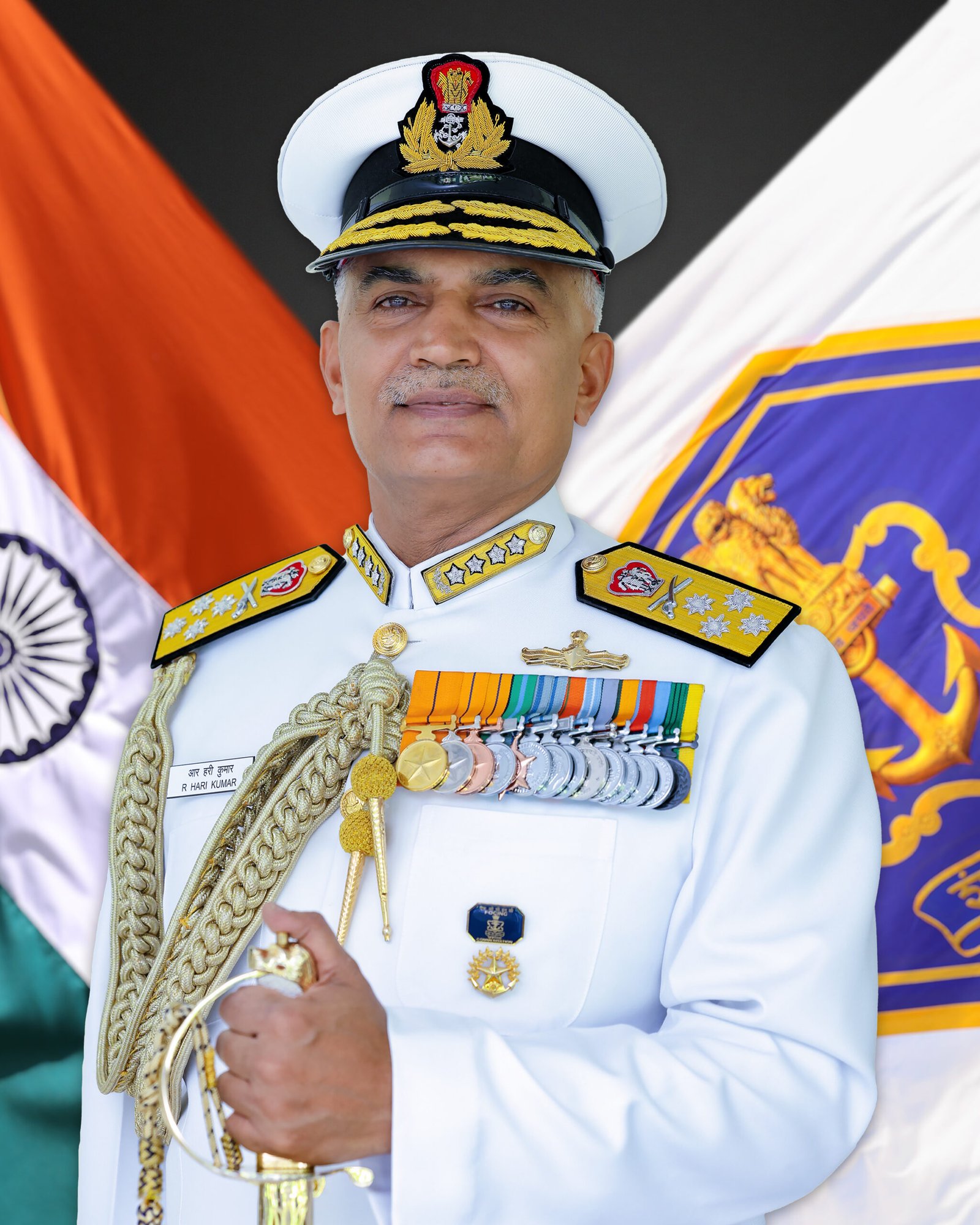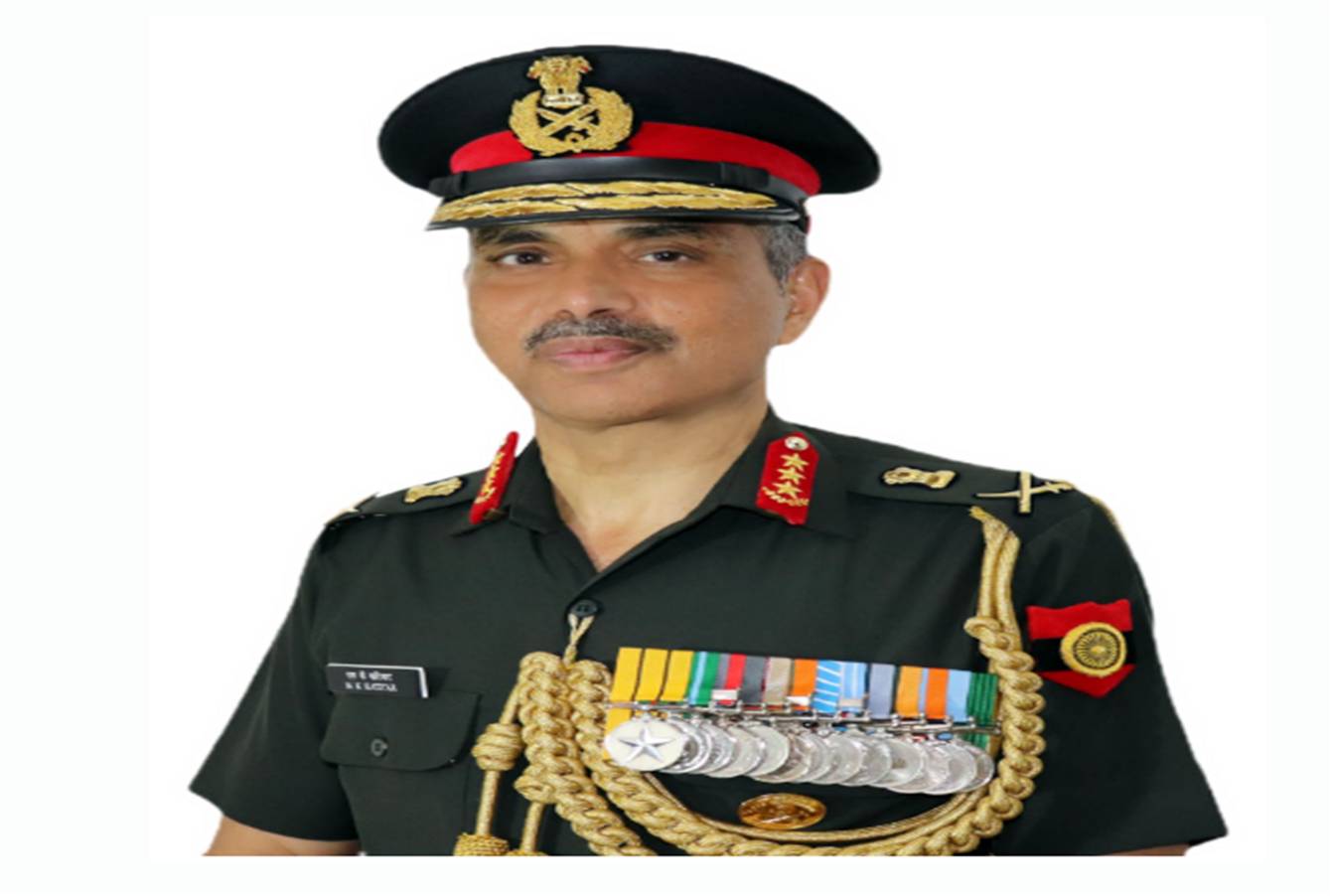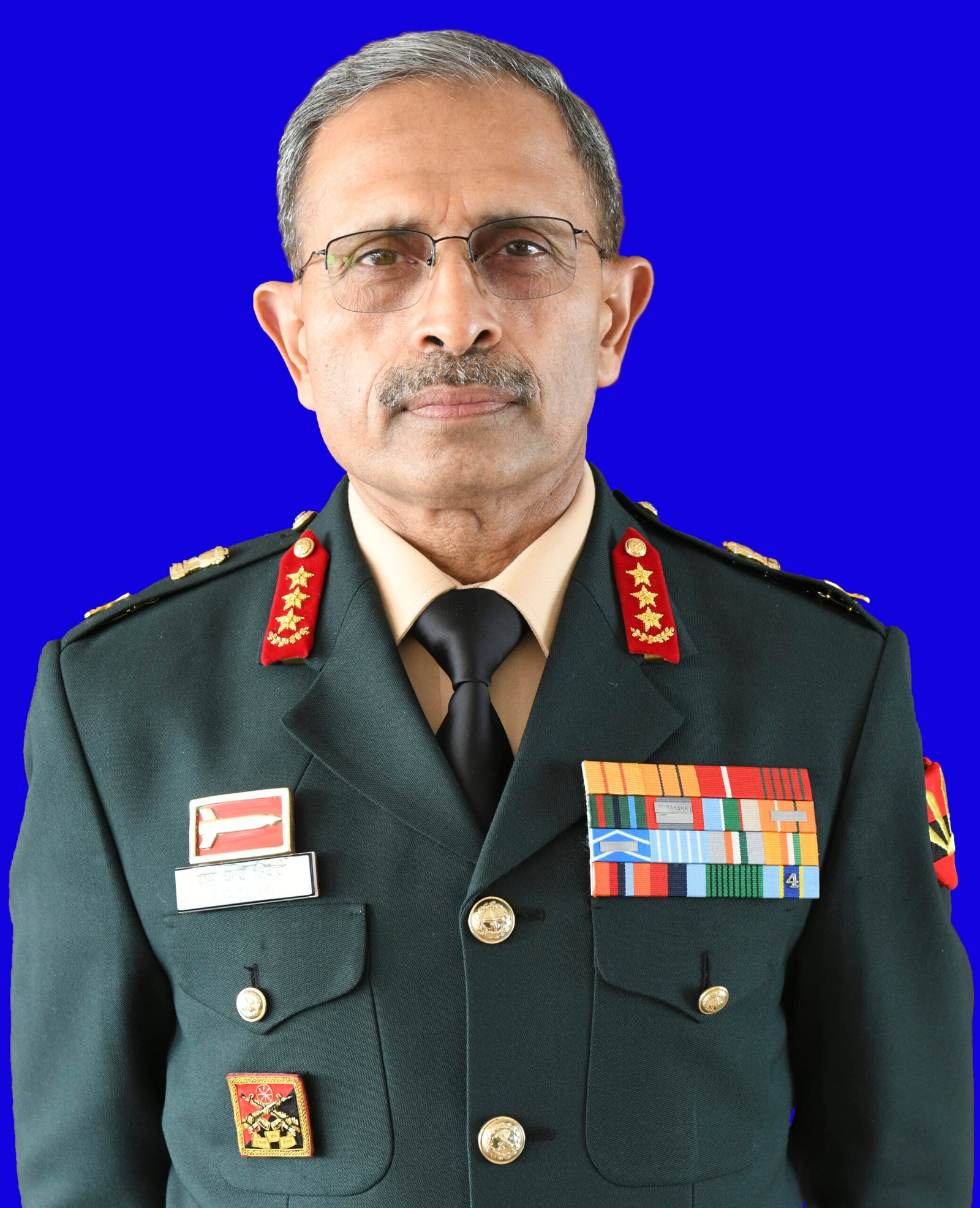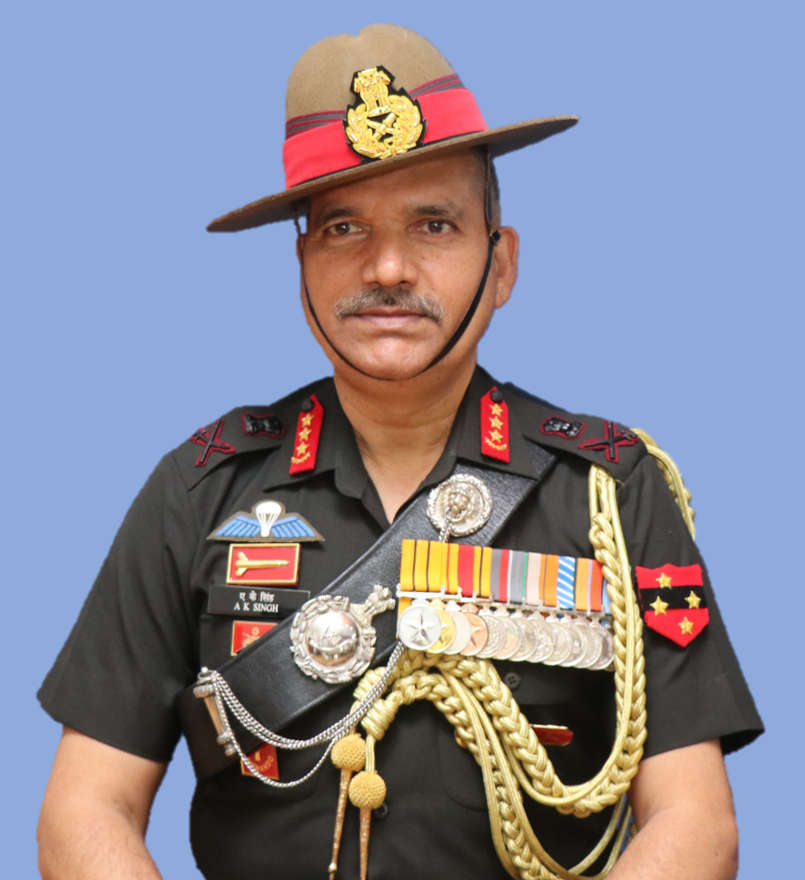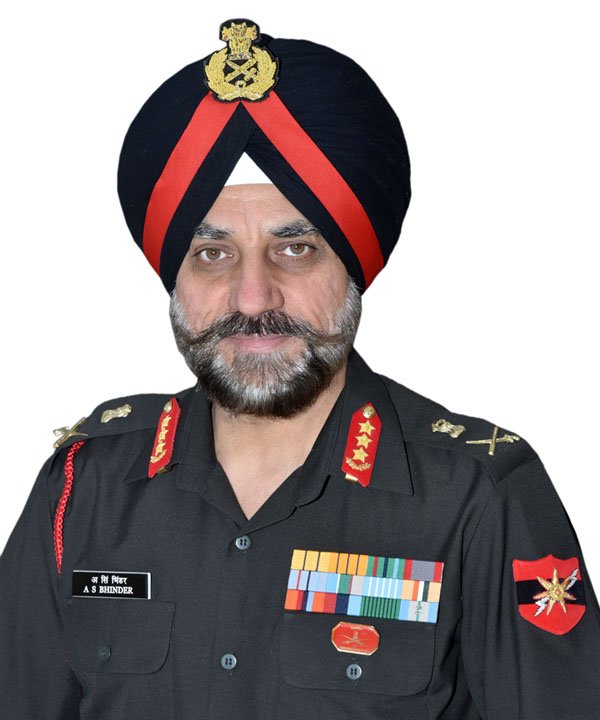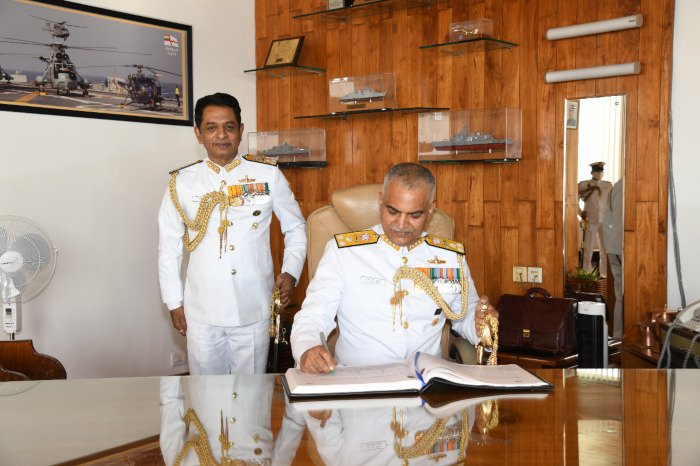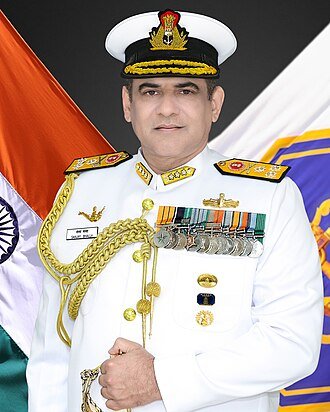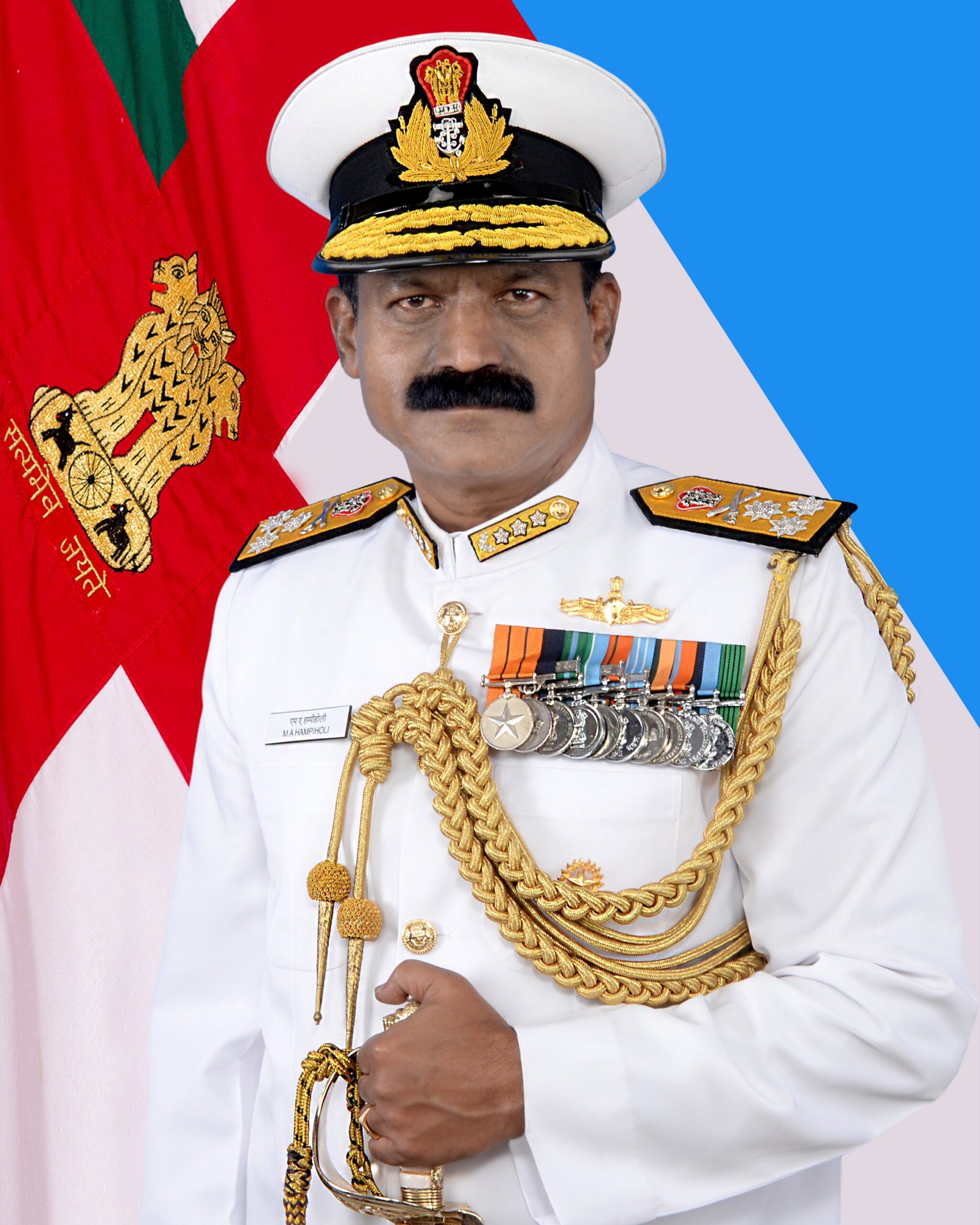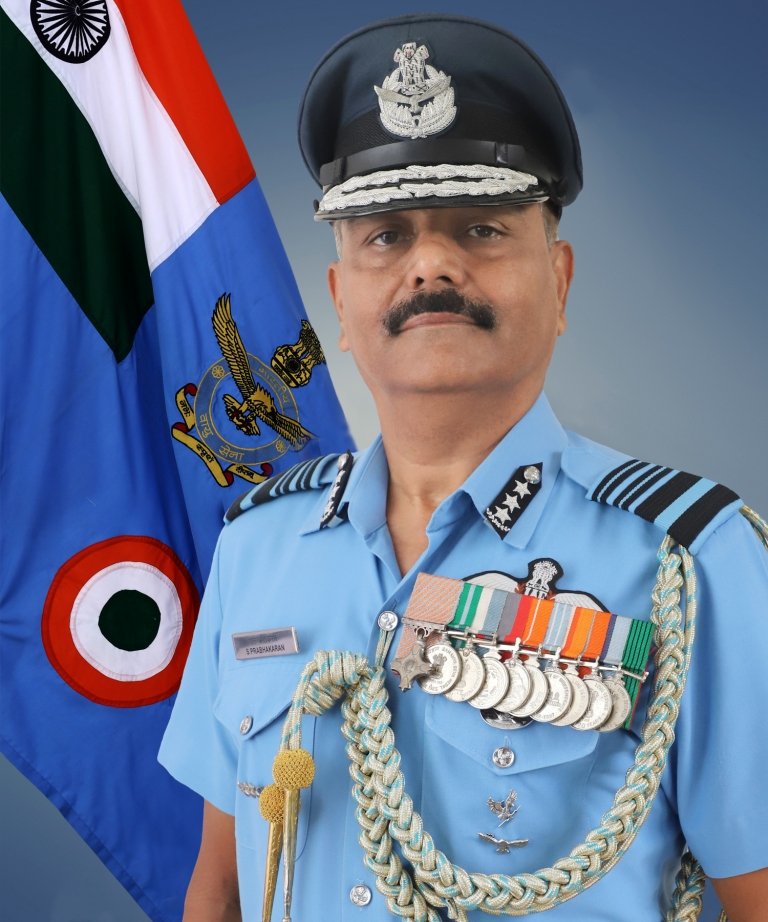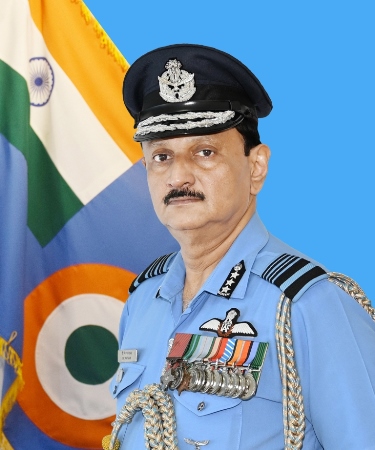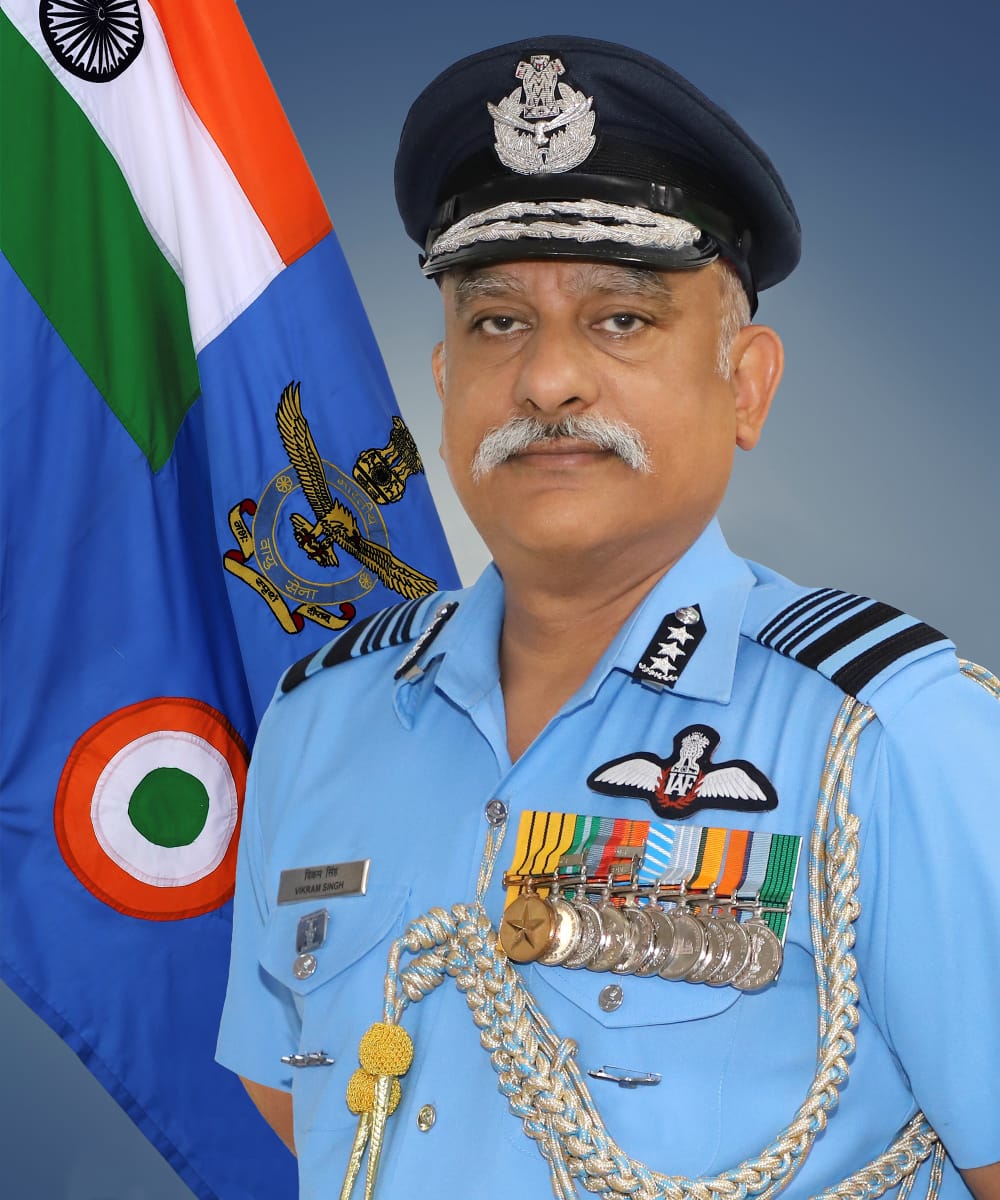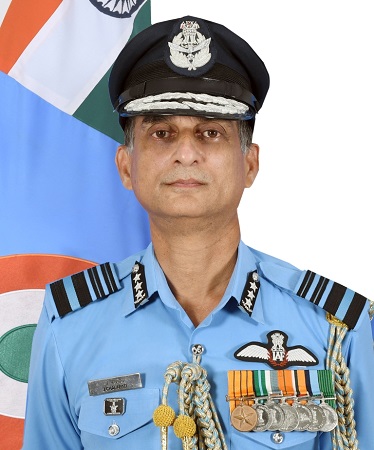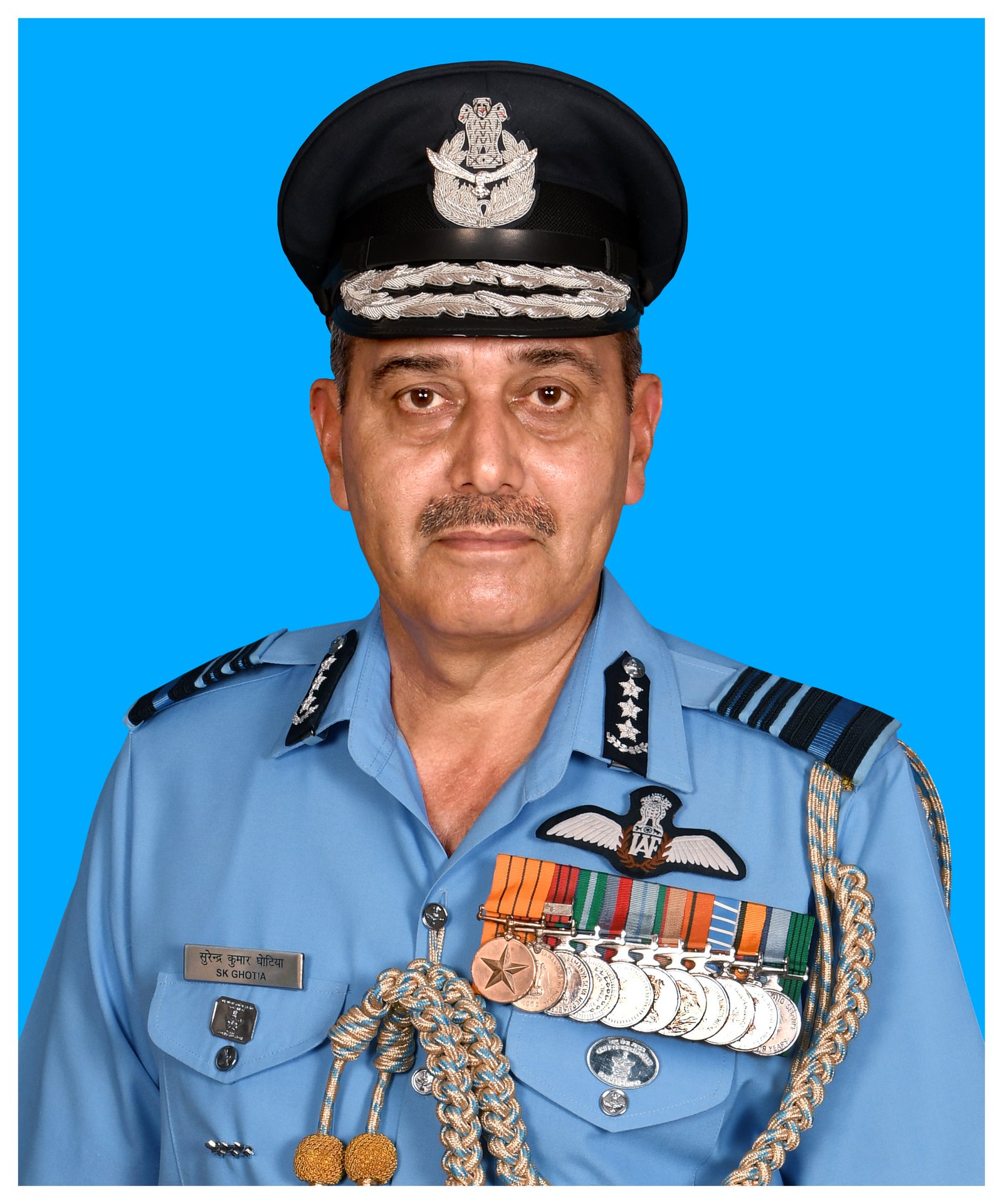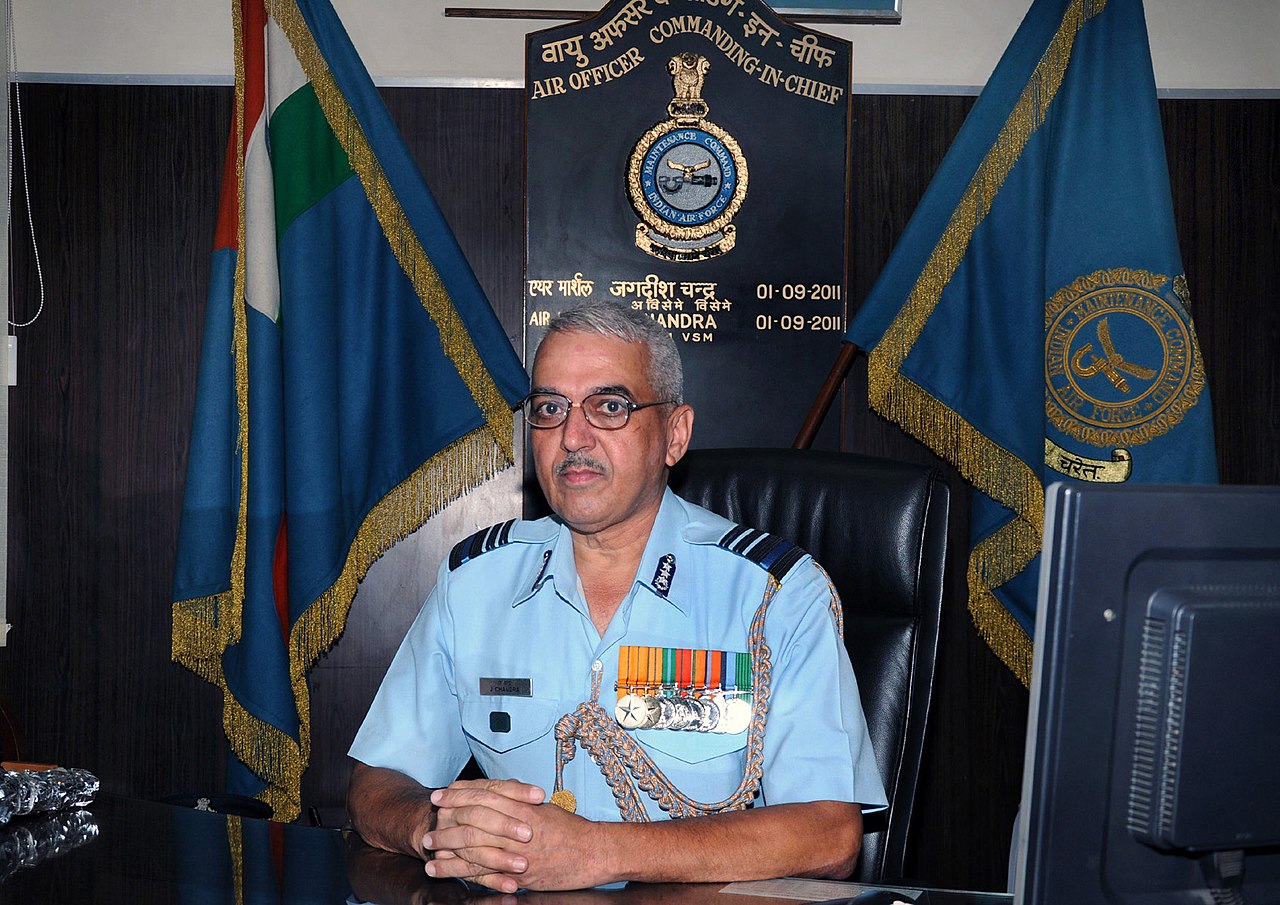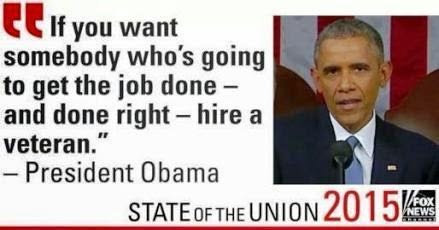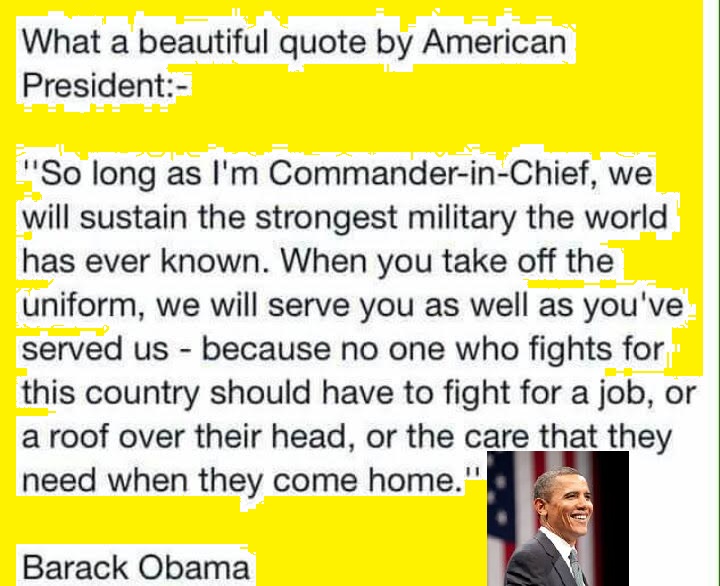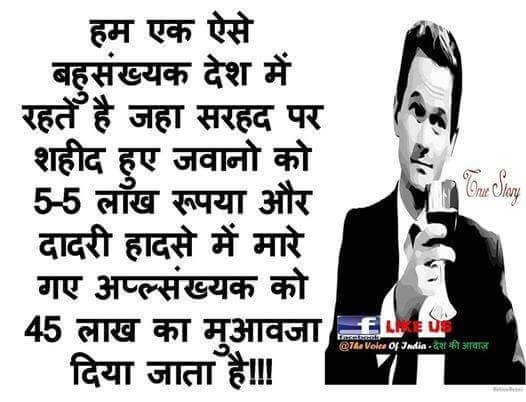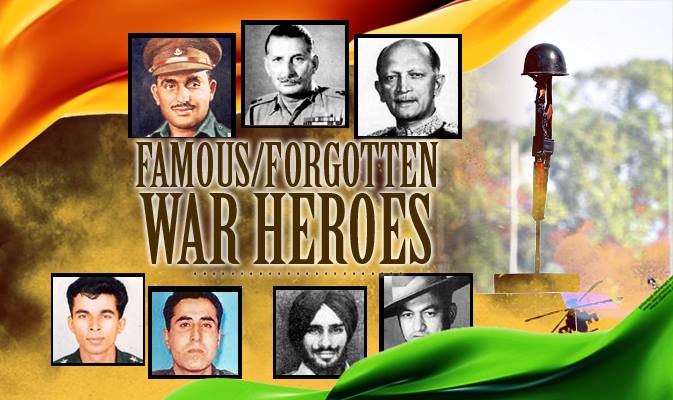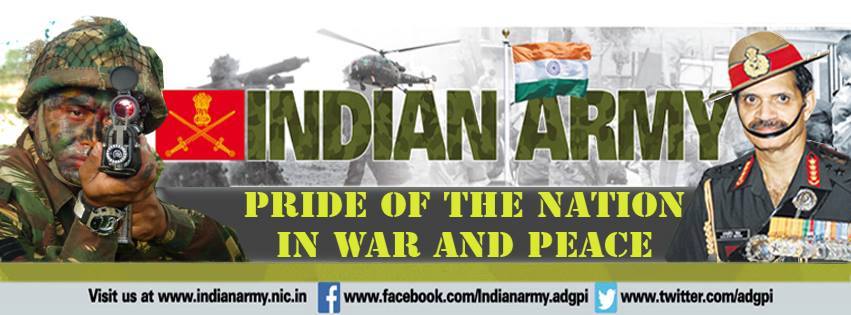BY
MANOJ JOSHI
DISTINGUISHED FELLOW, OBSERVER
RESEARCH FOUNDATION
Formally, China insists that it wants good ties with India and
sees it as a part of its vision for Asia. Practically, however, it
envisages an India with a subordinate status.
T HIS has not been a happy year for the Chinese leadership. The Ukraine war, economic headaches arising from the mortgage crisis compounded by the difficulties of adopting a ‘zero Covid’ policy have hobbled the march to the coming 20th Communist Party of China Congress. Yet, none of these developments have hampered the party general secretary Xi Jinping’s plan to be re-elected for an unprecedented third term. This is being sold as a necessity, given that China is now entering turbulent waters, economically and politically, and needs the steady hand of an experienced helmsman. Xi Jinping has given shape to China’s current pursuit of a great ‘national rejuvenation’ and declared that it cannot be achieved without Taiwan. Meanwhile, China’s immediate troubles have also spurred thinking along longer-term assessments. One scenario is that China is headed for a sharp decline. Its demographic profile has begun to deteriorate at a fast pace, sharply reducing its working age population. The rising household debt-to-GDP ratio at over 60 per cent — a World Bank red line — will undermine its strategy of promoting domestic consumption. But China watchers like Oriana Mastro and Derek Scissors say that China’s decline from its peak will not be precipitous, but gradual, and the Chinese are heavily investing in R&D and infrastructure to offset the decline. Their blunt assessment is that ‘current income and defense spending trajectories suggest that China will have more resources to compete militarily with the United States over the next 10 years than it has had over the last 20.’ Both scenarios make for a China that is dangerous. In the ‘sharp decline’ scenario, Beijing will be in a hurry to cement its Asian dominance and, more importantly, resolve its Taiwan ‘problem’. Chinese military strength, backed by deep reforms and modernisation, has professionalised its military at all levels. The Military Civil Fusion (MCF) strategy had injected considerable civilian expertise into enhancing the supporting infrastructure of the PLA. Its navy is already the largest in the world and could have six or seven aircraft carriers in the next 15 years. Besides debt and demographics, China is also facing a resource crunch which makes it more dependent on imports of food, energy and other strategic raw materials. In the past two years, there have been electricity outages, compelling Beijing to reverse course on plans to do away with dependence on coal. China is by far the largest emitter of greenhouse gases, though it is also an undisputed leader in expanding renewable energy. Being import dependent is not an issue, China is not short of money to finance them. But Beijing has also increasingly belligerent relations with the US, the world’s foremost naval power which has the capacity, if the occasion so demands, to interdict its supply routes. Under Xi Jinping, China has ratcheted up the use of Chinese power. It has been able to make Xinjiang a vast prison camp without a peep from the Islamic countries. It took the risk of destroying Hong Kong’s free status without much of a fuss from the international community. It also conducted an exercise of coercion against India by amassing forces in Tibet and altering the Line of Actual Control. Now, of course, has come the issue of Taiwan whose own industrial capacity, especially in the making of semiconductors, makes it a global resource. Taiwan has some twothirds of the world’s chip foundry capacity and its disruption would have a fallout around the world. Many suggest that a forcible Chinese attempt to incorporate Taiwan is a matter of when, not if. The US-Japanese response to the growth of Chinese power in the IndoPacific is their Indo-Pacific strategy. This includes a quadrilateral grouping, of which India is a part, and which is aimed at shaping a network of democratic countries in the Indo-Pacific in economic, social and political spheres. Linked to this is the formation of the Australia, UK and US (AUKUS) alliance aimed at shoring up the military power ranged against China in the western Pacific. Meanwhile, through the Pacific Deterrence Initiative (PDI), the US is reorganising and revamping its own forces, just as the Japanese are. More recently, Washington has come out with the Indo-Pacific Economic Framework (IPEF), of which India is also a member. It is a flexible programme to tackle issues relating to infrastructure, supply chain resilience, clean energy and digital trade. Faced with the growing military power gap with China, New Delhi, has signed up to Quad and IPEF to balance China. India has a 4,000-km disputed border with China claiming significant Indian territory. In a recent interview, Kevin Rudd has noted that the Chinese view their Indian claim on a par with those of the South China Sea, Taiwan and the East China Sea. The Indian approach so far has been incremental and cautious, as manifested by the somewhat belated Indian critique last week of China for militarising the Taiwan straits. The overall situation offers opportunities, but also comes with dangers for India. Quad’s growing agenda of health cooperation beyond Covid, supply chain resilience, emerging technologies and their standards, maritime domain awareness can be an economic game changer for India. Yet, there is need to be careful in dealing with an assertive and powerful China. Formally, the Chinese insist that they want good relations with New Delhi and want it to be a part of their vision for Asia. Practically, however, they envisage an India with a subordinate status. Many of these issues will play out in Xi Jinping’s third term, and, possibly a fourth term till 203


